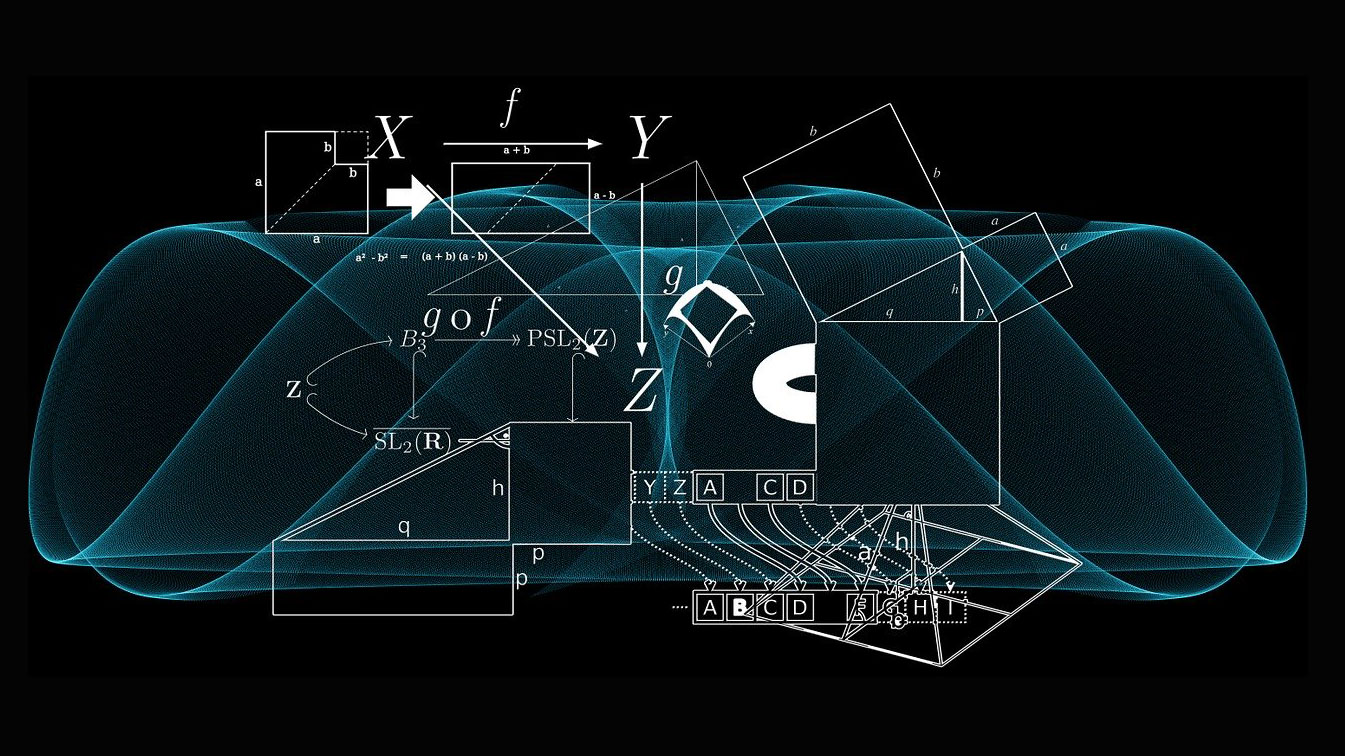Most AI headlines these days read like cautionary tales—machines pumping out soulless essays, deepfake politicians, and hallucinated “facts” with the confidence of a drunk poker player. But every once in a while, AI steps off the hype treadmill and does something so extraordinary, it reminds us why we started building these systems in the first place.
That’s exactly what happened at Emory University, where a machine-learning model didn’t just crunch numbers or speed up experiments—it discovered an entirely new phenomenon in plasma physics that scientists had only theorized about before. And it did it without the usual hand-holding from human experts.
The subject was dusty plasma—a charged gas filled with tiny, electrically charged dust particles, found everywhere from deep space to wildfire smoke. While physicists had studied dusty plasmas for decades, one key mystery remained unsolved: the strange “non-reciprocal forces” acting between particles, where one particle attracts another but doesn’t get the same force in return.
Continue reading… “When AI Stops Guessing and Starts Discovering: The Machine That Found New Physics”



